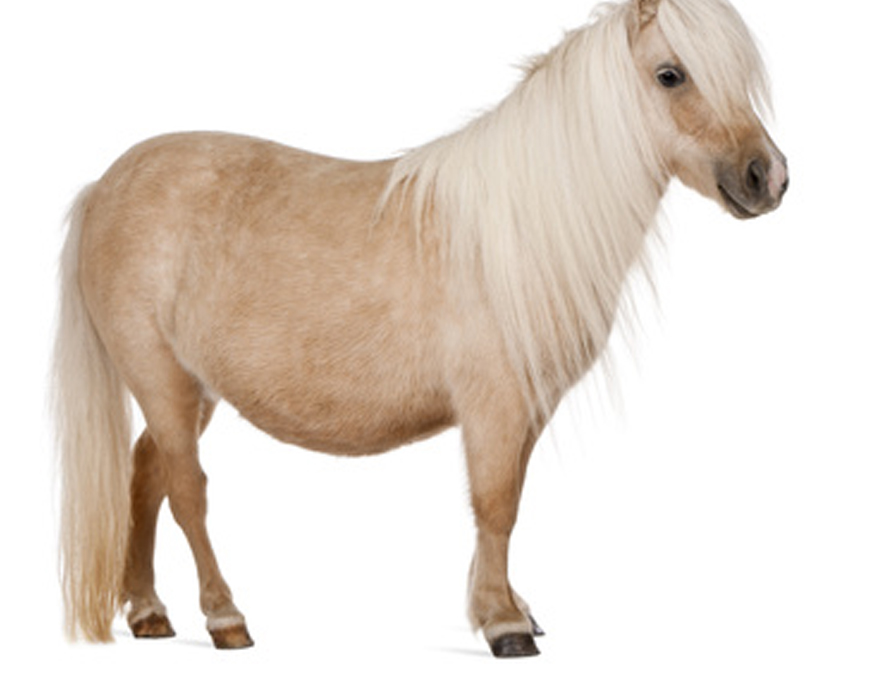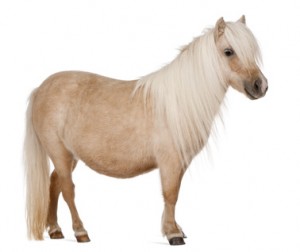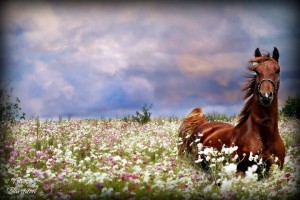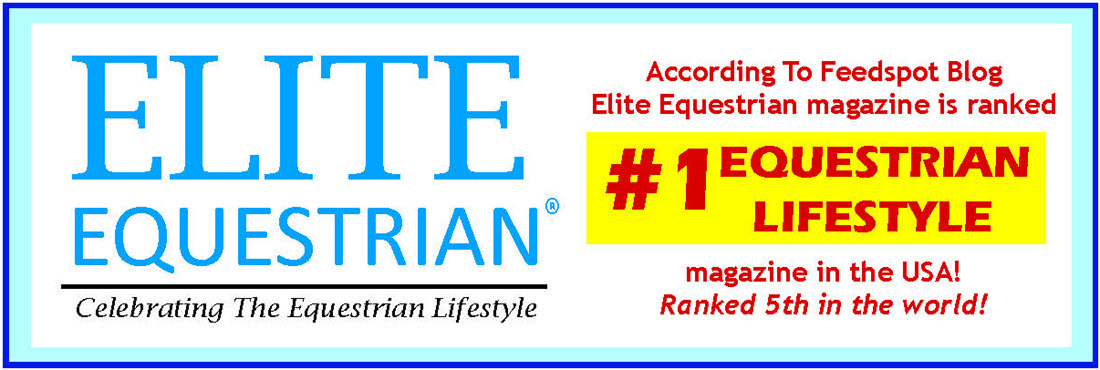
12 TIPS FOR AVOIDING LAMIMITIS FROM BEET-E-BITES
Laminitis is an inflammatory condition that affects a horse’s hooves. The condition causes intense pain and tissue destruction that often result in the horse’s death.
Use grazing muzzles, dry-lotting, and restriction of turnout hours to limit access to forage.
Laminitis can be triggered by specific events like overconsumption of carbohydrate-rich grain, but it can also occur in horses that are kept on pasture and don’t appear to be at risk.
At the 2012 British Equine Veterinary Association Congress, a lecture by Pat Harris outlined management steps to minimize the occurrence of pasture-associated laminitis. Harris is a well-respected equine scientist with the Equine Studies Group at the WALTHAM Centre for Pet Nutrition in the U.K. She advised these practices to keep particularly susceptible horses healthy.
1. Base the diet on forage and aim for keeping all hay and feed under a 10% level for nonstructural carbohydrates (NSC).
2. Soak hay in tap water and discard the water before feeding to lower the NSC level.
3. If the horse is not fed fortified grain, use a broad-spectrum vitamin/mineral supplement.
4. For susceptible horses, consider adding extra vitamin E (total daily intake of up to 3-4 U/kg body weight), magnesium (total daily intake of up to 0.02-0.03 g/kg body weight), and biotin. Higher amounts of vitamin E and magnesium will not be helpful and are not recommended
5. Avoid large grain meals. For horses that need additional energy for reproduction or performance, consider feeding a more digestible forage such as soy hulls, un-molassed beet pulp, or a less mature tested grass hay. Flaxseed can also be fed as an energy source.
6. Especially for horses known to be at risk for laminitis, cut out or minimize dietary grain entirely. If grains are fed, use processed forms (steam-flaked, micronized) that can be easily digested in the small intestine, preventing starch spillover into the hindgut.
7. Make all changes to the diet gradually over several days, and avoid long periods when horses have nothing at all to eat, especially for sick or pregnant horses.
8. Increase regular exercise if possible. This is particularly important in overweight animals.
9. Weigh horses regularly and adjust the diet as needed to reach and maintain a moderate body condition.
10. Keep all horses on a regular schedule of hoof care and deworming. The schedule should be tailored to the particular needs of each horse.
11. For horses with a history of laminitis and those that are at increased risk for some other reason, restrict access to pasture at certain times such as when grasses contain high starch levels (very early morning hours are safest); when grass is in lush growth such as in spring and following autumn rains; at times when night frost is followed by a warm, sunny day; and when grass is stressed, such as by overgrazing or drought.
12. Use grazing muzzles, strip grazing behind other horses, dry-lotting, and restriction of turnout hours to limit access to forage. Keep in mind that horses and ponies can ingest a lot of forage in a short time, especially if they have previously been kept off pasture.
BEET-E-BITES were designed for all horses, but are safe for horses that may be prone to laminitis. Feel free to allow your horse to have a delicious, all natural lab-tested treat.
Visit us at www.beetebites.com,
Or follow this link below to get your coupons for the treats www.beetebites.com/Elite



